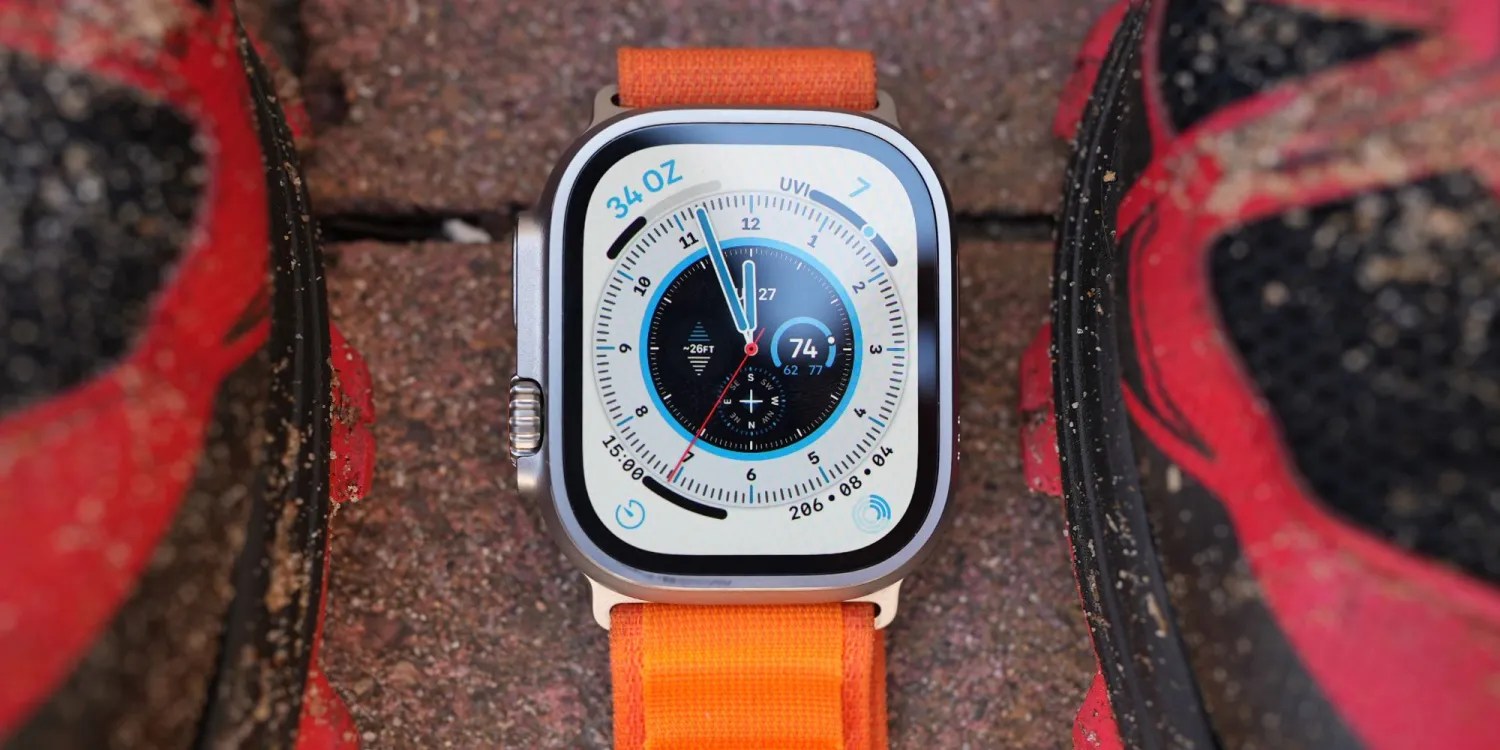
If you’ve never tried one on, you may not know that the Apple Watch Ultra weight is almost twice that of the lightest Series 8, and still notably heavier than 45mm models.
That’s something Apple plans to change this year, according to a Chinese source who correctly leaked the launch of a yellow iPhone 14 model …
Yellow iPhone 14 track record
Back in March, Chinese Weibo user Setsuna Digital said that Apple was planning to launch a new yellow color for the base-model iPhone 14, and the iPhone 14 Plus.
Setsuna Digital shared on Weibo that Apple is planning to launch “yellow” as the new color this spring. While Setsuna doesn’t have a track record we can look at, the prediction doesn’t seem far-fetched.
However, instead of the new colorway arriving for both the pro and standard models like it did last year, this rumor just says the yellow finish will launch for “the iPhone 14 and iPhone 14 Plus.”
This was confirmed just a few days later.
Apple today announced a new yellow colorway for the iPhone 14 and iPhone 14 Plus […] As you might expect, the yellow iPhone 14 features yellow aluminum sides and a yellow glass back. Yellow joins the existing color lineup options of midnight, starlight PRODUCT(RED), blue, and purple.
Apple Watch Ultra weight reduction
Today’s Weibo post is the very definition of brevity:
The new Apple Watch Ultra has reduced weight.
The current version of the titanium-cased Ultra weighs in at 61.3g. That’s getting on for double the weight of the lightest Apple Watch Series 8, the 41mm aluminum, at 31.9g – and still significantly heavier than other S8 models:
- 41mm stainless steel: 42.3g
- 45mm aluminum GPS + Cellular: 39.1g
- 45mm stainless steel: 51.5g
No specific weight is given in Setsuna Digital’s post, so we don’t know whether the extent of the reported weight reduction.
May be due to use of 3D-printed parts
An earlier report by Apple analyst Ming-Chi Kuo said that the company plans to use 3D-printed parts for this year’s Ultra.
Kuo says Apple is adopting 3D printing technology that is expected to deliver some of the mechanical parts for Apple Watch Ultra 2 […] Kuo says that the new approach could “improve the production time and reduce the production cost.”
3D-printed components can be made from a wide range of materials, including resins, plastics, metals, and even carbon fiber. But plastic is the most common, with PLA and ABS the most frequently used variants. If the 3D-printed parts are replacing metal, then a weight reduction would be a likely additional benefit.
Via: MacRumors. Photo: Connect The Watts
FTC: We use income earning auto affiliate links. More.




Comments